The coronavirus is more than a vector of disease: It is a window onto our greatest failings. The pandemic has exposed a lot of weak points in society, from the lack of health care access and worker protection in the U.S., to the ways cities have been designed for cars instead of pedestrians, to the fragility of food supply chains. COVID-19 has disproportionately affected low-income workers and communities of color, revealing how historical biases have created and reinforced inequalities in society. It has shown that our abuse of the natural world is untenable.
The pandemic has been a series of escalating lessons in how not to prepare and how not to respond. We asked 10 experts in health, food, social justice and environment: After all these failures, have we learned anything?
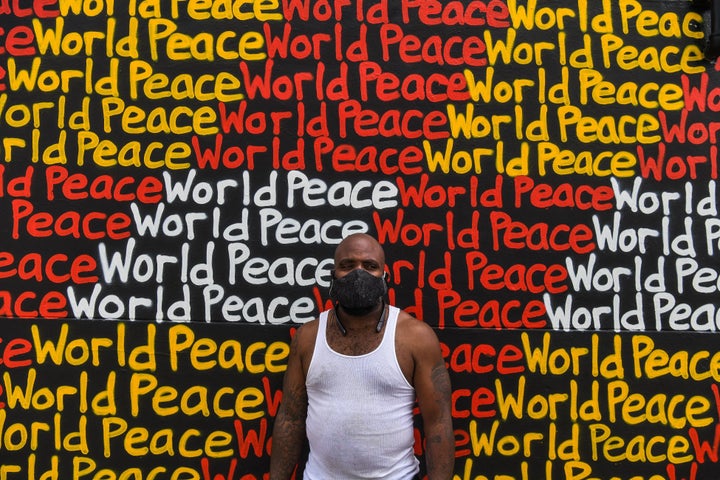
“In the most painful way, pandemics show us what we need to fix in our world.”
Aaron Bernstein, interim director, Center for Climate, Health and the Global Environment at the Harvard T.H. Chan School of Public Health and pediatric hospitalist at Boston Children’s Hospital
In the most painful way, pandemics show us what we need to fix in our world. The stress they cause reveals all those parts that most need repair. With COVID, we have seen how festering economic, health and social disparities can blow up in our face. These injustices are the fissures through which pandemics, climate change and other threats to our health course through. At the same time, we can now see that the very actions we need to address the climate crisis, namely lesser reliance on fossil fuels and preventing deforestation, can forestall the next pandemic and promote a healthier, more just and sustainable world.
“Our response to this crisis must be transformative.”
Priya Mulgaonkar, resiliency planner for the New York City Environmental Justice Alliance
The pandemic has laid bare the pervasive and violent inequality facing people of color, compounding existing inequities faced by communities burdened with environmental racism, police brutality, and economic inequality.
A concerning parallel between COVID-19 and climate change is how unprepared our governments are to respond to disaster, and how those with the most resources are much better able to weather the storm and recover while BIPOC and low-income communities are left defenseless. The failure in our response to the pandemic reflects the gaps in disaster response we have witnessed in moments of climate emergencies like hurricanes, wildfires and heat waves, and foreshadows how we will respond to disaster in the future unless we address systemic inequality.
If we have learned anything from 2020, it’s that our response to this crisis must be transformative. The idea of “returning to normal” often emerges in discussions of resilience. But we know a “normal” that is extractive of BIPOC communities and the planet is unacceptable. 2020 has shown that we need to think more holistically about what resilience should look like, and that issues of climate, housing, health, and economic justice are all intertwined.
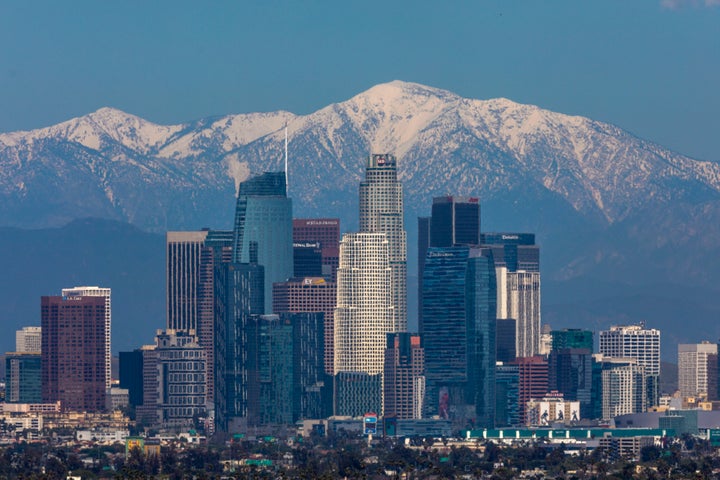
“The biggest point to draw from this past year is that solidarity actually matters.”
Bill McKibben, author, educator, environmentalist and founder of the nonprofit 350.org
The pandemic should remind us that physical reality is real ― I’ve been trying to make this point about carbon for years, that chemistry and physics don’t negotiate. The microbe makes the same point for biology. And as a corollary, fast action in the face of a crisis helps: South Korea had its first case the same day as the U.S. ― and one of those countries then acted swiftly to bend the curve and one didn’t. The same, obviously, goes for global warming.
But the biggest point to draw from this past year is that solidarity actually matters. We’ve lived, since President Ronald Reagan, in an era of anti-solidarity: Government is the problem; market forces solve all problems. Reagan’s big laugh line was always, “The nine scariest words in the English language are ‘I’m from the government and I’m here to help.’”
After this year, when it’s become clear that the scariest sentences are more like “we’ve run out of ventilators” or “the hillside behind your house is on fire,” those words seem particularly contemptible and archaic.
“Real climate solutions must be built around justice.”
Robert Bullard, distinguished professor of urban planning and environmental policy at Texas Southern University and author of several books
COVID-19 acted like a “heat-seeking” missile that targeted the most vulnerable in our society resulting in disproportionate infections, hospitalizations and deaths of people of color.
The pandemic revealed severe flaws in our political, economic and health system that tolerated elevated risks to front-line essential workers and extremely high financial losses to small businesses owned by people of color. The pandemic widened the racial economic gap between “haves” and “have-nots.” Government pandemic stimulus and relief dollars followed a predictable pattern of “money following money, money following power, and money following whites.”
This year, a giant spotlight was shone on the connection between racial redlining practiced a century ago, pollution “hot-spots,” urban heat island disparities and high COVID-19 dangers.
As in the case of COVID-19 and climate change, the most vulnerable populations generally suffer the earliest and most damaging setbacks because of where they live, their limited income and economic means, and their lack of access to health care. Government response to climate-induced disasters — hurricanes, floods, droughts, heat waves, wildfires, and related events — inherently benefit whites and more affluent households, and leave behind the most vulnerable. Long before Hurricane Katrina devastated the U.S. Gulf Coast, people of color learned the hard way that waiting for the government to respond can be hazardous to their health.
Real climate solutions must be built around justice — climate justice, environmental justice, economic justice, health justice and racial justice.
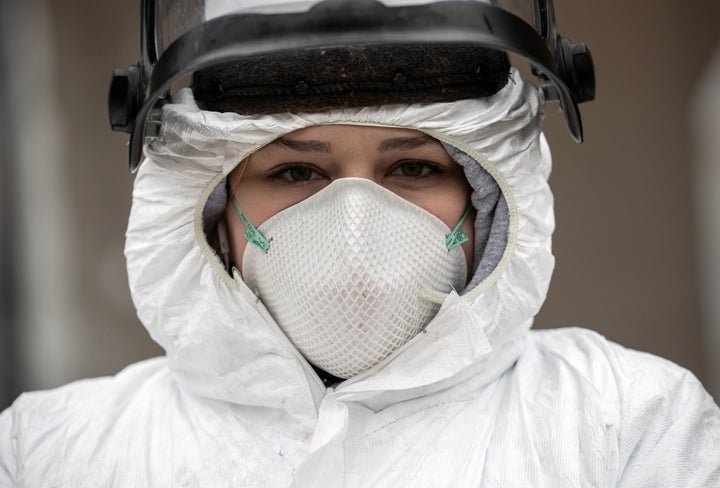
“The COVID-19 pandemic ... provides us with an opportunity to reimagine and recreate public health.”
Lauren R. Powell, president and CEO of The Equitist, and vice president and head of health care at Time’s Up Foundation
This moment is truly unlike any other. It’s made plain the deep social imbalances ― like poverty, racism, sexism, classism to name a few ― that are a new revelation for some, but have been common knowledge for many. As a trained public health professional and former state health official, I can’t help but think about the lessons that I hope health care and public health take and learn from the moment we’re in.
Public health and health care systems must embrace and actively work at anti-racism. To not do so is to intentionally feed the pathogen of the diseases and conditions that we’re charged with rooting out.
We need more diverse messages and messengers: There are hundreds of exceptionally qualified Black & Brown, Native, LGBTQ+, multilingual, multicultural public health and health care leaders who are better versed at communicating and connecting with the diverse communities they come from. Public health and health care have to elevate diverse leaders to positions of authority and visibility and learn how to speak the language not of science, but of the people ― by connecting with community leaders, faith leaders, and everyday Americans long before the point of an emergency.
The COVID-19 pandemic, in all its loss and tragedy, provides us with an opportunity to reimagine and recreate public health and health care systems that not only learn from these vital lessons, but evolve because of them.
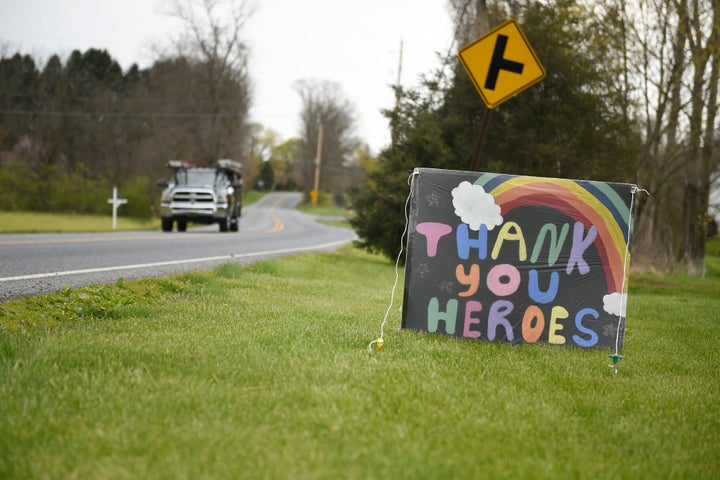
“We must never forget that essential workers are essential all of the time.”
Ai-jen Poo, co-founder and executive director of the National Domestic Workers Alliance
The pandemic revealed both how insecure so many workers are, and that many of the most insecure, undervalued jobs are essential ― essential to our health, safety and well-being. From the farm worker and grocery worker to the child care and home care worker ― many of our essential workers lacked the wages, paid sick time and family leave, access to health care and family care needed to keep themselves safe as they were keeping us all safe. We must never forget that essential workers are essential all of the time, and that all work in America should offer the basic safety and security that allows for our collective well-being.
We can begin with supporting our care workforce ― if we invest in making home care and child care jobs good jobs ― raising wages, offering benefits and real opportunity, we not only improve life for the care workforce, we help enable the rest of America to get back to work, knowing that our loved ones are safe and in good hands. The president-elect has already named this as a priority for economic recovery, as part of his 21st Century Caregiving Plan. Now we must make it a reality.
“This horrific situation has been the impetus for an incredible new unity.”
Saru Jayaraman, president of One Fair Wage and director of the Food Labor Research Center, University of California Berkeley
The pandemic wreaked devastation on the restaurant industry, and in particular on restaurant workers, who were already America’s lowest-wage workers. Prior to the pandemic, tipped restaurant workers received a subminimum wage of as little as $2.13 an hour at the federal level ... with the pandemic, the subminimum wage became a matter of life and death.
But this horrific situation has been the impetus for an incredible new unity in the industry for change. During the pandemic, we’ve seen hundreds of independent restaurant owners change their own wage structures to pay a full minimum wage with tips on top. Even the industry’s top trade magazines have had headlines declaring that the industry is rethinking the subminimum wage for tipped workers. Now we just need legislators to follow workers and employers who’ve already come to agree on this issue.

“The pandemic has taught punishing ... lessons about the hazards of food systems designed for profit, not public health.”
Marion Nestle, professor of nutrition, food studies, and public health, emerita, New York University, and author of books about food politics
The pandemic has taught punishing — and previously largely unrecognized ― lessons about the hazards of food systems designed for profit, not public health.
There was the revelation that we have two distinctly separate food supplies, one for retail — supermarkets, groceries, and convenience stores — and the other for institutional food service in restaurants, schools, and the like. When these institutions closed, foods designated for them had no place to go and had to be destroyed. At the same time, the millions of people thrown out of work had no means of buying food. Many lined up for hours outside overstretched private food banks.
It became achingly clear how vulnerable millions of Americans are to food insecurity, and how little it takes to put families at risk of hunger.
We also quickly saw how severely COVID-19 affected people with conditions related to poor diet: obesity, hypertension, Type 2 diabetes, and heart disease, and how important healthful diets are for preventing these problems.
Low-wage workers in meat packing plants, grocery stores, and farms were suddenly deemed essential, despite their lack of health care benefits and high risk of contagion.
If the pandemic does any good at all, it will be to stimulate public demand for a food system that addresses these problems and puts health and public welfare first. Let’s hope the new administration takes on this challenge and gets busy creating a food system that ends food insecurity, prevents diet-related chronic disease, protects against COVID-19, and while we are at it, produces less waste and environmental damage.
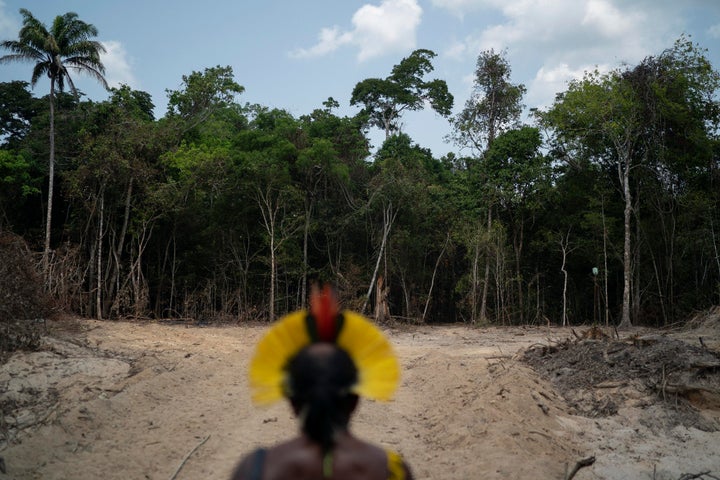
“What’s needed is for nations to take aggressive action that addresses the linked needs of people and nature.”
Kai Chan, professor at the Institute for Resources, Environment and Sustainability at the University of British Columbia
The coming year is crucial for biodiversity. In 2019 and early 2020, momentum was really building for recognizing the climate and ecological crises as one interlinked crisis: ecological degradation undermines the climate, and climate change poses a huge threat to ecosystems.
The pandemic killed the momentum, understandably. But it’s becoming clear that COVID-19 is not a separate problem, but an interconnected one. The same drivers of the novel coronavirus, and other emerging infectious diseases, are also the drivers of biodiversity loss. These include the wildlife trade that allowed COVID-19 to jump to humans, as well as land-use change and climate change that bring people and wild animals into close contact.
Furthermore, the same inequities and broken governance and management systems that propagate the biodiversity and climate crises also made us vulnerable to the COVID-19 pandemic.
What’s needed in 2021 is for nations to take aggressive action toward transformative change that addresses the linked needs of people and nature. In September, 64 world leaders signed The Leaders’ Pledge for Nature, committing to reverse biodiversity loss by tackling pollution, putting climate and the environment at the heart of pandemic recovery plans and building sustainable economies. All countries need to take all of the actions within this pledge. The world’s nations must also commit to an aggressive agenda for systemic change when they meet at the United Nation’s biodiversity conference in May.
“One thing this pandemic has taught us is how much we were taking for granted.”
Laurie Santos, professor of psychology at Yale University
I think one thing this pandemic has taught us is how much we were taking for granted before. The ability to hang out in my favorite coffee shop, take a vacation, hang out with my friends and family members. I never experienced a sense of awe and joy at doing these activities before COVID, but I hope when I return to them after the pandemic, it will be with a bit more gratitude and a bit more understanding of how cherished these joy-inducing activities really should be. I think all of us will become a bit more appreciative of the little things we didn’t pay attention to before.
For more content and to be part of the “This New World” community, follow our Facebook page.
